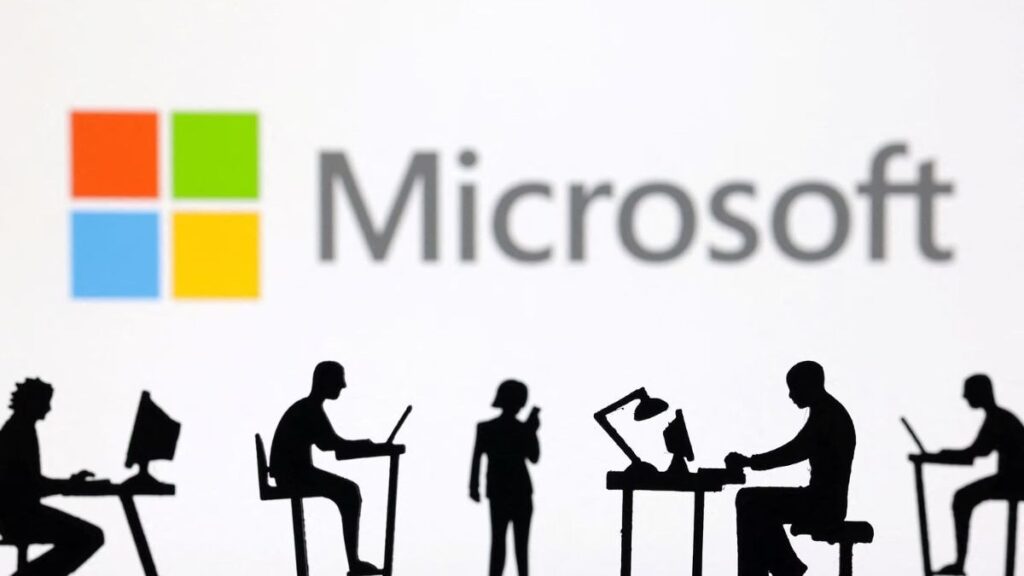Microsoft’s strategic expansion into AI partnerships, particularly its integration of Anthropic’s Claude models into the Office 365 suite, presents a significant pivot from its established reliance on OpenAI technologies for productivity enhancements. This development underlines both a diversification of capabilities and a vision for enhanced user experiences, driven by performance nuances that could shape business frameworks over the coming years.
The forthcoming announcement, reportedly expected within weeks, signals Microsoft’s intent to broaden its AI ecosystem. Historically, Microsoft’s Office applications like Word, Excel, Outlook, and PowerPoint have been primarily driven by OpenAI’s models, notably through the Copilot feature, which has garnered considerable user traction. However, integrating Anthropic’s Claude Sonnet 4 model demonstrates not only a shift in strategic partnerships but also a response to evolving competitive dynamics within the AI landscape. By leveraging Amazon Web Services to access Claude, Microsoft is opting for a paid model, distinct from its arrangement with OpenAI that was a result of significant financial investments. This choice introduces variables in cost management and financial forecasting when evaluating ROI for businesses that depend heavily on cloud platforms.
Central to this discussion is the performance comparison between Anthropic’s Claude Sonnet 4 and OpenAI’s forthcoming GPT-5 model. Microsoft executives reportedly believe that Claude Sonnet 4 excels in generating refined outputs, specifically in creating visually appealing PowerPoint presentations, where user engagement is critical. This selection underscores a pivotal aspect of choosing AI models—performance nuances that contribute to better end-user satisfaction and operational efficiency. Although Claude Sonnet 4 is not Anthropic’s flagship offering, its capabilities in targeted applications could potentially yield significant returns on investment, especially in enhancing productivity through superior outputs.
Moreover, the integration of Claude aligns with Microsoft’s broader AI diversification strategy. Beyond Anthropic, the inclusion of models like xAI’s Grok and internal developments such as MAI-Voice-1 indicate a commitment to building a robust portfolio of AI solutions. For small to medium-sized businesses, this diversification means access to a wider array of tools tailored to specific operational requirements, although it also raises questions regarding interoperability and the associated training costs tied to adopting multiple platforms. Users must weigh these factors when considering long-term scalability and the adaptability of their existing systems.
Conversely, OpenAI’s trajectory points towards reducing reliance on external partnerships, illustrating the competitive nature of the sector. Its advance into a job platform aimed at rivaling LinkedIn, coupled with initiatives to produce custom AI chips in partnership with Broadcom, conveys a shift toward fostering self-sufficiency in its technological ecosystem. Businesses should monitor these developments closely, as the capacity for in-house AI processing could translate into lower operational costs and greater control over proprietary data, which is a growing concern in an age of increasing regulatory scrutiny surrounding data privacy.
When evaluating the cost implications of implementing such technologies, it is critical to consider not only subscription models like Microsoft’s Copilot at $30 per user monthly but also the integrated costs of training, support, and potential customization needed for optimal performance. The additional expenditure associated with using Anthropic’s Claude models through AWS may also introduce complexities in budgeting strategies. However, if the performance benefits are realized—evidenced by enhanced productivity and output quality—businesses could yield substantial returns which justify these costs.
Therefore, small to medium-sized business leaders and automation specialists must navigate an increasingly complex landscape where the right tool selection can significantly impact operational efficiency and competitive positioning. The evaluation criteria should encompass not only initial costs but also the potential for scale, ease of integration, and agility in adapting to future AI advancements.
As organizations delve into selecting appropriate automation platforms, comparisons such as Make versus Zapier can further illuminate the differences in capabilities, support structures, and customization options available. Each platform possesses strengths and weaknesses within the domain of workflow automation, and the strategic alignment of these tools should reflect the organization’s broader goals.
In conclusion, the dynamics of AI partnerships are shifting, and the forthcoming integration of Anthropic’s models within Microsoft Office products is illustrative of the broader industry trends toward diversification and performance optimization. For organizations to remain agile, they must stay informed of the technical advancements and financial implications of their chosen tools while focusing on long-term strategic alignment with their operational objectives.
FlowMind AI Insight: As AI continues to evolve, leaders should adopt a flexible framework for integrating automation tools, prioritizing adaptability and performance metrics that align with specific business objectives. Engaging in continuous evaluation of tool efficacy and partnership viability will be essential for maintaining a competitive edge in the digital landscape.
Original article: Read here
2025-09-10 05:27:00

